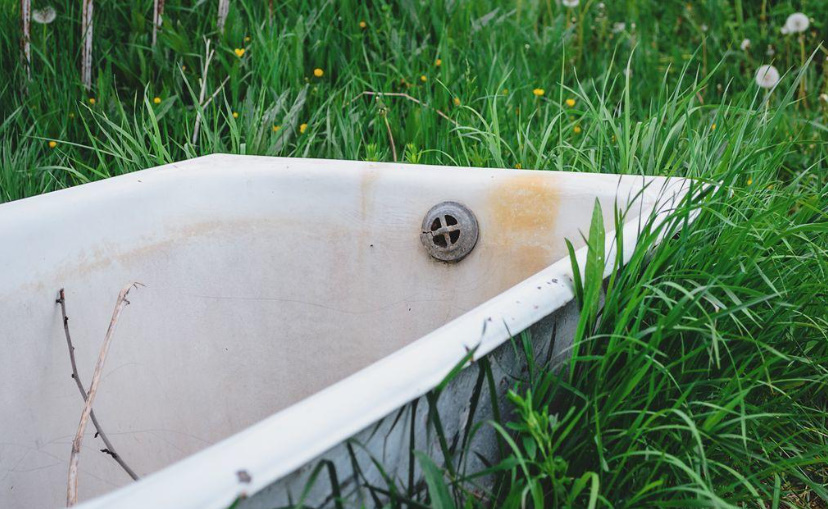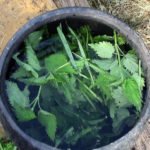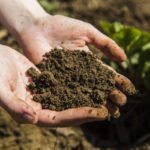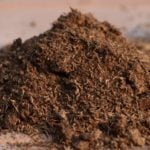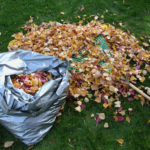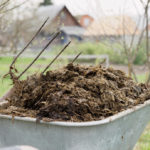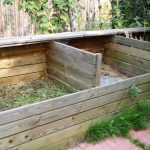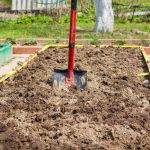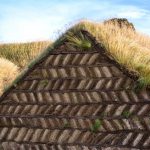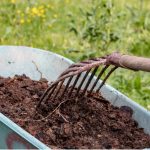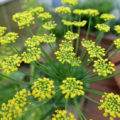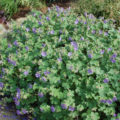Walking through the streets of our village on summer evenings, I often noticed old cast-iron baths on the plots of summer residents. Some have them lying unattended in the far corners of the garden, others use them as a water tank. I found another use for them.
The water supply is provided to me by 200-liter tanks, and I use two old baths to obtain humus. They are dug in at ground level at the end of the garden. In the fall, I stuff them with plant residues. I take mainly calendula, of which there are a lot on the site — I plant it as a repellent plant that perfectly repels various pests of the garden and vegetable garden. I pull out the bushes and put them right with clods of earth in my compost baths. I tamp everything tightly. Moreover, the grass layer rises another half a meter in height. In this form, I leave everything for the winter.
By spring, the plant residues rot and settle down to the upper edge of the baths. In April, I put a handful of earthworms into each bath, which I find in the soil when planting potatoes. By the end of the season, they breed there in huge numbers.
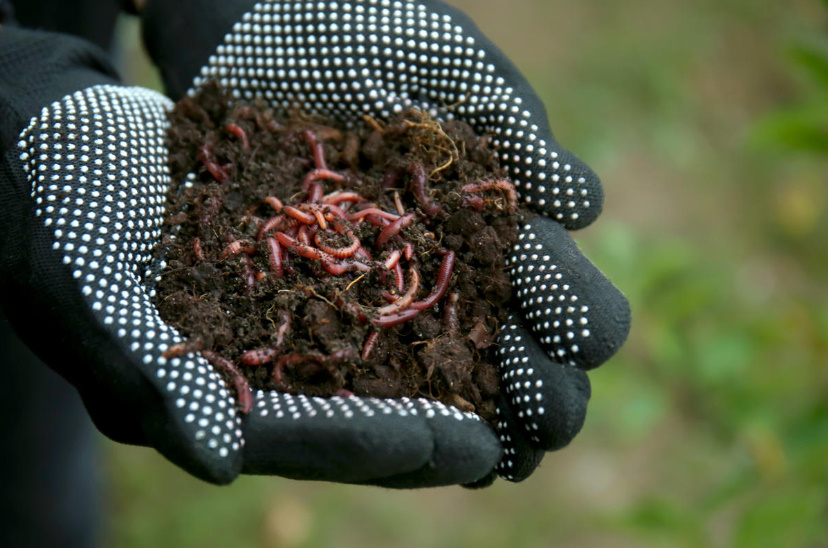
In such composters, moisture after rain or watering persists for a very long time. Probably, that is why the humus turns out to be of higher quality compared to the one that lies on my ground.
By September, an excellent fertilizer is ready. I use it to increase the fertility of vegetable beds, and also cover bushes and trees with it for the winter. Calendula makes an environmentally friendly fertilizer, which I use without fear of infecting my plantings with fungal spores and viruses.
